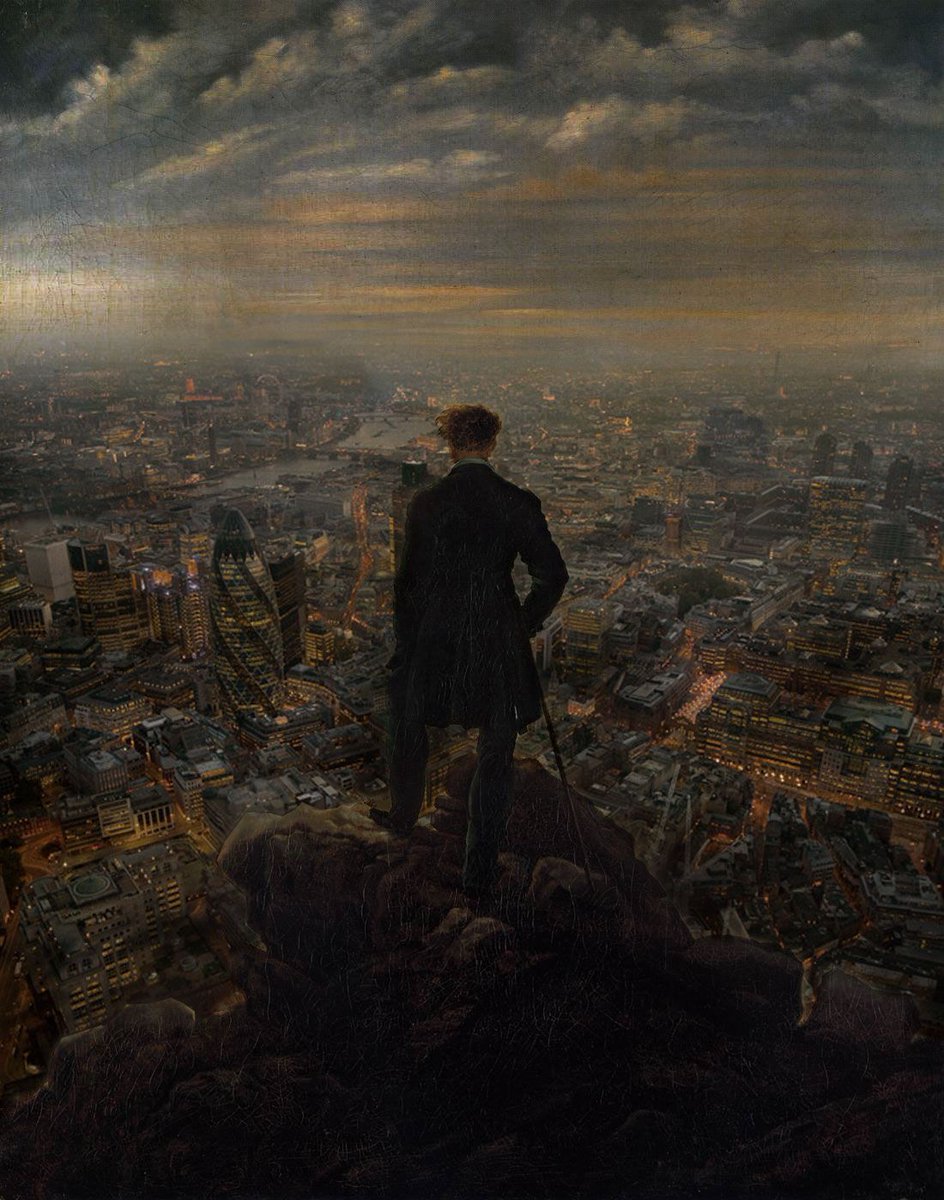It is for this reason that ordinary architecture, however adventurous in its use of materials, forms and details, cannot rely on the excuse of artistic licence in order to creep through the planning process. In art we attempt to give the most exalted expression to life and its meaning. In everyday arrangements we simply try to do what looks right. Both cases involve the pursuit of beauty. But the two kinds of beauty touch different areas of the psyche. To create art you need imagination and talent — what the Romantics called ‘genius’; to create everyday beauty you need only humility and respect. In art, we are free to explore life in all its varieties, to enter imagined realms, and to open ourselves to our highest aspirations. Artistic beauty lies at the apex of our endeavours, and to fall short is to fall flat. To rise to that peak requires a distinct artistic personality, and an original and creative use of the available forms.
In everyday life, by contrast, beauty is a matter of adjusting our arrangements so as to fit to the contours of ordinary needs and interests, as when we lay a table, plant vegetables in rows or arrange the pictures on a wall. Everyday beauty lies within reach of us all, while artistic beauty is the occupation of the few. Much architecture lies somewhere between the two, being to a great extent a matter of fitting in and doing the job, but also overcoming aesthetic problems that require imagination and even inspiration for their solution. For ordinary people, however, it is the everyday fitting in that counts, and this is manifested in all the criticisms that we hear of recent developments. In everyday building it is as risky to stand out, to dominate, to be boastful and ‘iconic’ as it is in social gatherings. Everyday beauty is a matter of manners, not style.
Roger Scruton

No comments:
Post a Comment